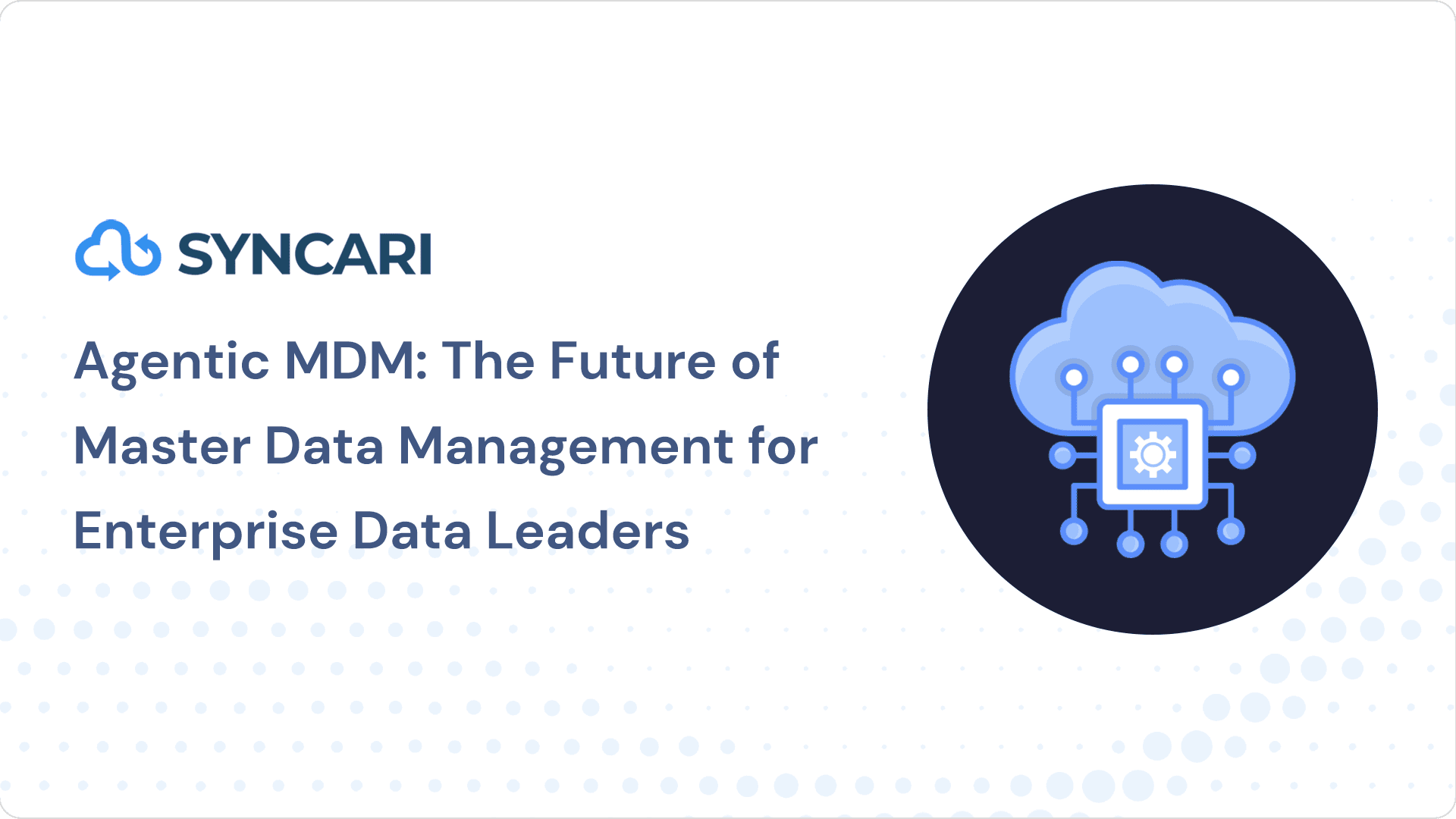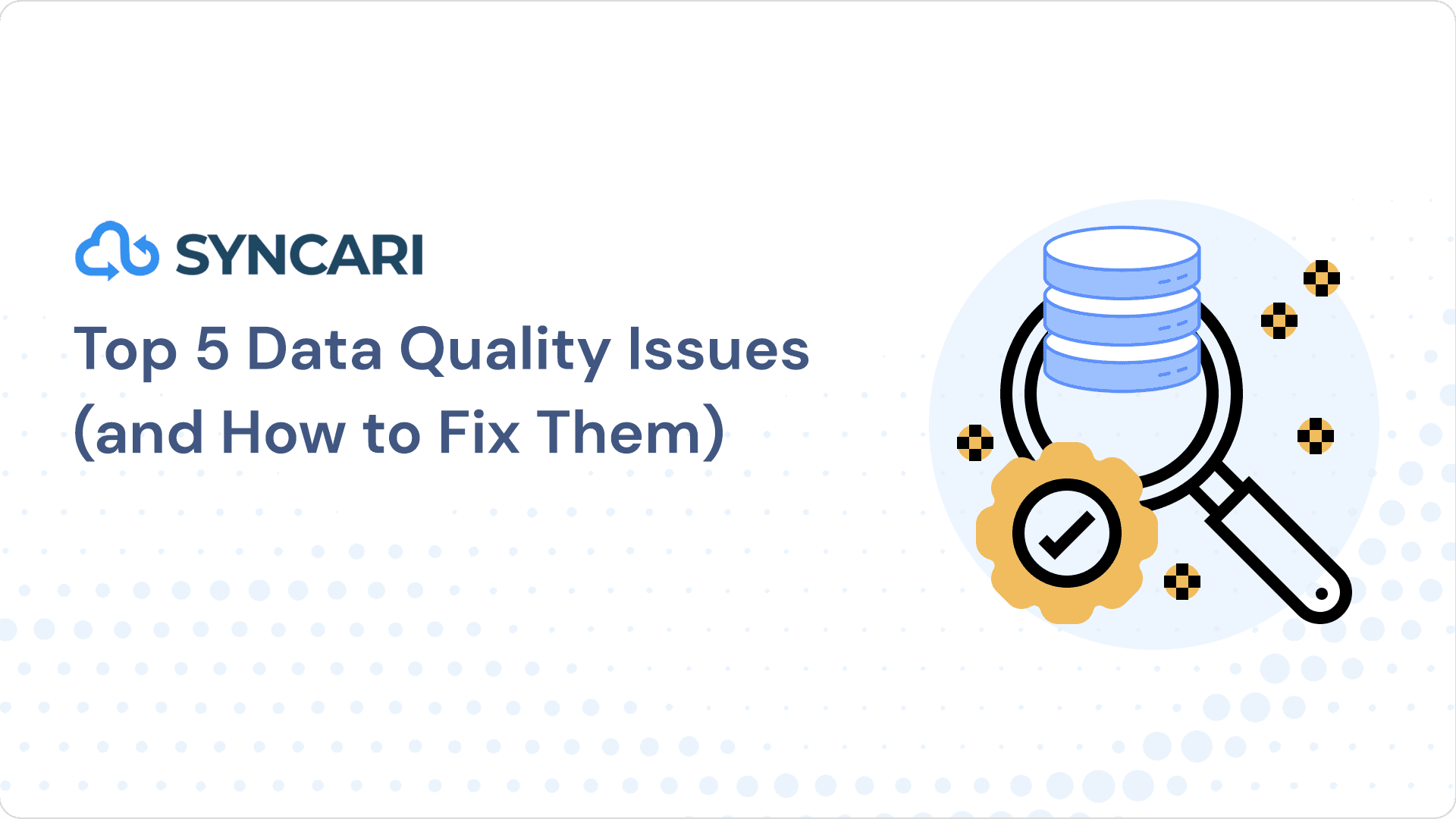Are you interested in learning about how to integrate Zendesk with other systems? In today’s fast-paced business environment, companies are looking for ways to streamline their workflows, improve collaboration, and continuously enhance their customer support processes. Integrating Zendesk with other systems can help businesses achieve these goals and provide more personalized customer experiences.
This article will explore the benefits of Zendesk and why integrating it with other systems like Jira, Slack, Pendo, and more can be highly advantageous. Additionally, we’ll provide a step-by-step guide on how to integrate Zendesk and discuss how Syncari can make the process even easier.
[ Related: How to Set Up a Streamlined Zendesk Jira Integration ]
What is Zendesk?
Zendesk is a customer service and support software platform that helps businesses manage customer interactions across multiple channels, including email, chat, social media, and phone. With Zendesk, businesses can track and prioritize customer inquiries, automate repetitive tasks, and provide a seamless and personalized customer experience.
Zendesk offers a range of features, including a ticketing system that allows support agents to manage customer inquiries in one central location, a knowledge base that provides self-service options for customers, and live chat and messaging capabilities that enable real-time communication with customers.
Zendesk also provides advanced reporting and analytics features that allow businesses to track key metrics like response time, customer satisfaction, and agent performance, and make data-driven decisions to improve their customer support processes.
Overall, Zendesk is a comprehensive customer service platform that helps businesses of all sizes provide efficient and effective customer support and build strong customer relationships.
Why integrate Zendesk with other systems?
Integrating Zendesk with other systems such as Jira, Slack, and Pendo can provide numerous benefits to businesses.
For example, integrating Zendesk with Jira allows businesses to bridge the gap between support and development teams. With this integration, support teams can create and track Jira issues directly from Zendesk tickets, and development teams can access relevant customer data and feedback to inform their work. This results in more efficient and collaborative workflows and better customer experiences.
Integrating Zendesk with Slack enables businesses to streamline communication between support teams and other departments, such as sales or marketing. With this integration, support teams can receive real-time notifications of new tickets, respond to customer inquiries directly from Slack, and collaborate with colleagues to resolve issues more quickly and effectively.
Integrating Zendesk with Pendo allows businesses to collect and analyze customer feedback to improve their products and services. With this integration, businesses can automatically send customer feedback from Zendesk to Pendo, and use this data to inform product decisions and make improvements that better meet customer needs.
Overall, integrating Zendesk with other systems provides businesses with more powerful and flexible tools to manage customer interactions, collaborate across teams, and continuously improve their customer support processes. This can ultimately lead to higher customer satisfaction, loyalty, and retention.
[ Related: How to Set Up a Streamlined Pendo Zendesk Integration ]
What are the most common Zendesk integrations?
Below is a list of the most common 10 Zendesk integrations:
- Jira: allows for tracking and syncing of information between Zendesk and Jira, facilitating collaboration between support and development teams.
- Salesforce: enables support teams to access and manage customer data and support tickets directly from Salesforce, improving efficiency and productivity.
- Slack: enables real-time communication between support teams and other departments, streamlining workflows and improving collaboration.
- Shopify: integrates with Zendesk to provide support teams with easy access to customer information and order details from within the ticket interface.
- HubSpot: enables businesses to sync HubSpot contacts with Zendesk, creating a unified customer view for sales and support teams.
- Trello: allows for tracking and managing of Zendesk tickets within Trello boards, providing a visual way to organize and prioritize support tasks.
- Mailchimp: integrates with Zendesk to enable support teams to manage email campaigns and track customer engagement.
- Google Analytics: enables businesses to track and analyze customer interactions with Zendesk support, providing insights into customer behavior and needs.
- Zoom: allows support teams to launch Zoom meetings directly from Zendesk tickets, facilitating real-time support and collaboration with customers.
- Pendo: enables businesses to collect and analyze customer feedback to improve their products and services.
Overall, these integrations provide businesses with more powerful and flexible tools to manage customer interactions, collaborate across teams, and continuously improve their customer support processes.
[ Related: How to Build a Holistic Customer Health Score ]
How do you integrate Zendesk?
Here’s a step-by-step guide on how to integrate Zendesk:
- Identify the system you want to integrate Zendesk with. Zendesk has many built-in integrations with popular tools like Jira, Slack, Salesforce, Shopify, and more.
- Check if the integration you need is available as a integration. If so, simply follow the setup instructions provided by Zendesk.
- If the integration you need is not available as a integration, you can use a third-party integration tool like Zapier or Syncari. These tools can help you connect Zendesk with a wide range of other systems and automate workflows between them.
- To set up a third-party integration, first sign up for the tool you want to use and connect it with your Zendesk account.
- Next, configure the integration to specify the data you want to sync between Zendesk and the other system, as well as any rules or conditions for how the data should be managed.
- Test the integration to make sure it’s working as expected. If there are any issues, troubleshoot them before launching the integration to ensure smooth operation.
- Once the integration is set up and tested, you can begin using it to streamline your workflows, automate tasks, and improve your customer support processes.
Overall, integrating Zendesk with other systems can provide businesses with more powerful and flexible tools to manage customer interactions, collaborate across teams, and continuously improve their customer support processes.
How Syncari can help
While Zendesk offers many built-in integrations with popular applications like Jira, Slack, Salesforce, Shopify, and more, there are often use cases where businesses need to connect Zendesk with multiple applications simultaneously. This can become a complex and time-consuming process to manage on your own.
This is where a third-party integration tool like Syncari comes in. Syncari provides a centralized platform for managing integrations across multiple applications, including Zendesk. With Syncari, you can easily connect Zendesk with other systems and automate workflows between them, without needing to code custom integrations or hire dedicated IT staff.
Syncari’s platform offers several benefits that make it the best choice for handling Zendesk integrations with multiple applications:
- Flexible Configuration: Syncari’s platform is highly configurable, allowing you to set up and manage complex integrations with ease.
- Real-time Data Syncing: Syncari’s real-time data syncing capabilities ensure that your data stays up-to-date across all connected systems, without any manual intervention required.
- Advanced Mapping Capabilities: Syncari’s platform includes advanced data mapping capabilities that allow you to control how data flows between systems, including complex transformation rules and data filtering.
- Automated Error Handling: Syncari’s platform includes automated error handling and alerting capabilities that can help you quickly identify and troubleshoot issues that arise during integration.
- Security and Compliance: Syncari’s platform is designed to meet enterprise-level security and compliance standards, ensuring that your data remains safe and secure at all times.
Overall, Syncari is the best option for handling Zendesk integrations with multiple applications because it provides a centralized platform for managing and automating complex workflows between systems, without requiring coding expertise or dedicated IT staff.
How to set up Zendesk integrations with Syncari
For an in-depth step-by-step guide on how to set up Zendesk integration with Syncari, please click here.
This includes information on selecting data sources, configuring data syncs, and troubleshooting common issues.
What’s best for your business?
Integrating Zendesk with other systems can provide businesses with numerous benefits, including streamlined workflows, improved collaboration, and personalized customer experiences. Zendesk is a comprehensive customer service platform that offers a range of features and advanced reporting and analytics capabilities.
Integrating Zendesk with other systems such as Jira, Slack, and Pendo can provide businesses with even more powerful and flexible tools to manage customer interactions and continuously improve their customer support processes.
If you need to integrate Zendesk with a system that is not available as a integration, third-party integration tools like Syncari can help make the process easier. By following the step-by-step guide, businesses can set up integrations, streamline workflows, and improve customer support processes beyond the integration.
Check out Syncari by scheduling a demo with us.


